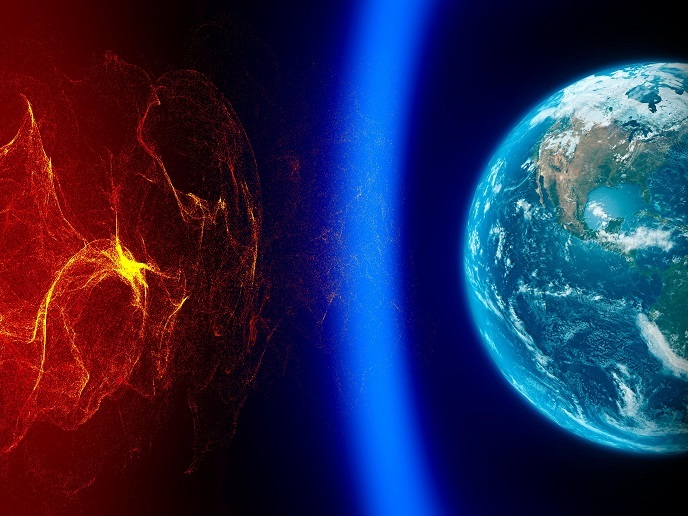Natural brakes for spacecraft
Space vehicles travel at astonishingly high speeds. They use propulsive techniques (relying on the use of their propellants or fuels) to slow and guide them so they can be captured into orbit around a planetary body. For any such body with an atmosphere, aerocapture is an attractive alternative. It is an orbit insertion technique that relies on atmospheric drag to decelerate a spacecraft and place it in its circular orbit. Aerocapture requires only a single pass with a brief corrective propulsive manoeuvre. Although it has never been attempted, technology is coming to fruition having been studied and developed for over 20 years. It could save up to 30 % of payload mass at launch time by reducing fuel requirements. This is particularly important in heavy missions such as manned and sample-return missions (those in which samples are brought back to Earth). These are already on the horizon for the moon and Mars and will be necessary for docking and exchange missions between low Earth orbit and geostationary orbit satellites. Thus, aerocapture is expected to become one of the core capabilities for planetary exploration. A European consortium raised the technology readiness level (TRL) for aerospace capture with EU funding of the project AEROFAST (Aerocapture for future space transportation). The project’s overarching goal was to lay the groundwork (TRL of 3 or 4) for a flight demonstration. Actual operational readiness requires a TRL of 6. AEROFAST scientists made significant modifications to algorithms for planetary navigation and aerocapture, and built test equipment to evaluate performance. They also demonstrated a prototype thermal protection system for such a mission, and defined on-board instrumentation to be used in the recovery (descent) phase of aerocapture. Aerocapture technology is complex and multidisciplinary and human lives will depend on its faultless operation. AEROFAST increased the level of readiness for such technology by laying the groundwork for a demonstration mission. Its successful completion should bring the world one step closer to cost-effective, long-distance, heavy payload missions such as those with humans and cargo (sample-return missions).







